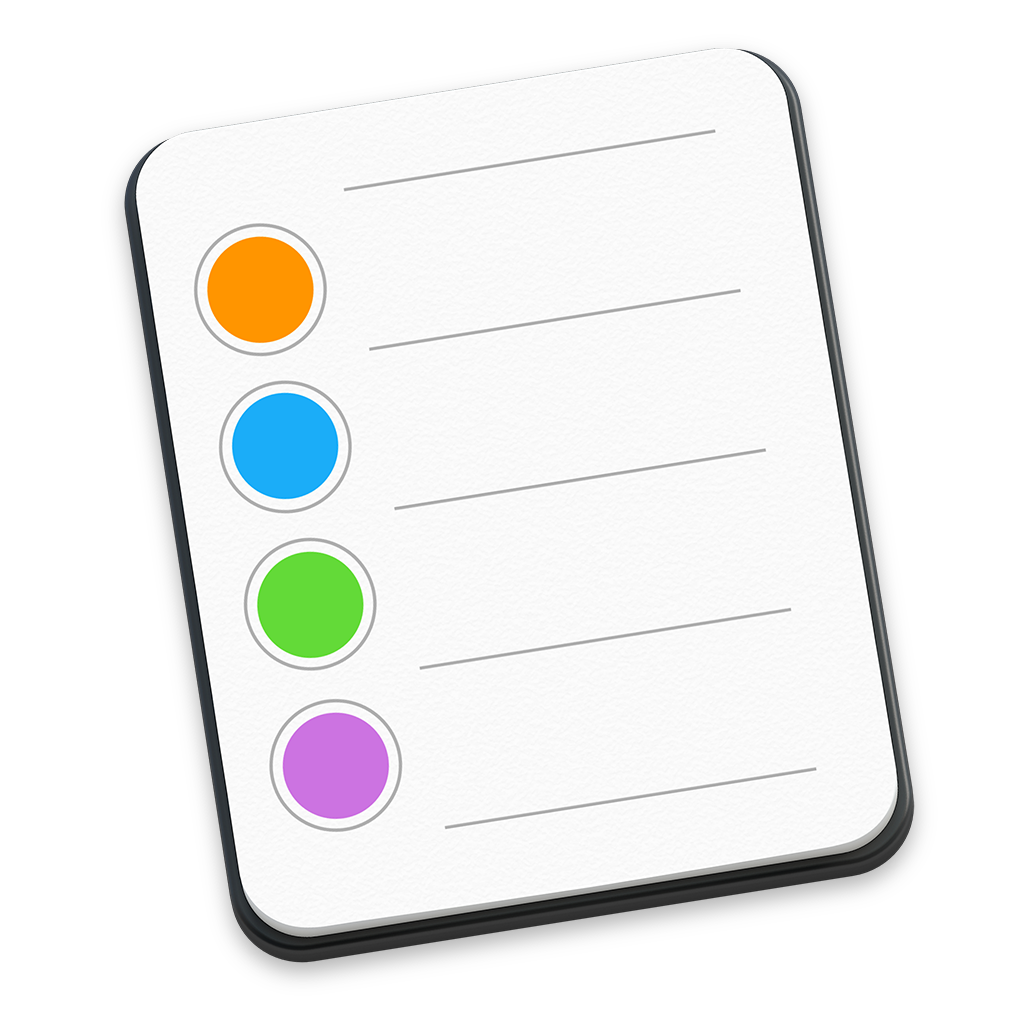
Helvetica, the new menu font in Yosemite, looks great to my eyes when shining forth from iPhone- or other devices' displays in big sizes.
Yosemite preferences icon mac#
In short: I like a lot of things about "Josie", but as a Swiss typographer, and above all as a long time Mac user, I got quite some problems with the menu bar and the menus in this new OS.
Yosemite preferences icon pro#
I installed Yosemite on my Mac Book Pro 15" the day it became available because I liked what I saw here and there previously. If you happen to have a menu bar icon affected by the bug I reported, I recommend creating a test project that installs an NSStatusItem with the same icon, so you can get a sense for how it’s going to look in dark mode when its template nature is suitably handled.Howdy, here's my question: How can I (permanently!) change the size of the menu font used in Yosemite (terminal command, software)? So in summary, if you use icons as the “titles” of menus either inside or outside of the status bar area of the menu bar, be sure to call setTemplate:YES on it when running on 10.10. When the fix is available, template images will just work. As of the latest 10.10 GM candidate, it has not been fixed, but I got a reassuring tweet from Apple’s own Eric Schlegel Now fixed in AppKit best advice is just to use a template image. I reported the issue to Apple and it came back as a duplicate.

Its script menu icon appears right next to the “Help” menu. If you happen to be running 10.10 you can witness this problem by running iTunes and seeing that at least one script is in ~/Library/iTunes/Scripts. When an icon is supplied to such a menu item, the template nature is not meaningfully respected in dark mode, so the icon draws more or less as-is, and is likely to almost disappear because of the lack of contrast. These are relatively uncommon, but for example you might find some apps with a gear icon, a script icon, or other similar graphic in lieu of a text-based menu title.

Unfortunately, this promise does not hold true for regular NSMenuItem items that are installed at the highest level in the menu bar.

I’ll leave the solution to that as an exercise for the writer. Update: thanks to Rick Fillion and Will Cosgrove for explaining that my problems on 10.9 are probably because my image is not designed right for use as a template. Now your status item icon looks great on 10.10, where in fact its coloring may even be slightly altered in light mode, and in 10.9, where it looks, well, like it always did. 10.10 or higher, so setTemplate: is safe
Yosemite preferences icon mac os x#
The only caveat I would add here is that Mac OS X 10.9 and earlier do not seem to respect the “template” attribute when drawing status items, so I think the safest bet is to check for 10.10 at runtime, and omit the call to setTemplate if you’re running any earlier system:īOOL oldBusted = (floor(NSAppKitVersionNumber) <= NSAppKitVersionNumber10_9) Now, just make sure to call -, and you’re done. You probably already call - with your custom image. Luckily it’s pretty easy to get this behavior for custom status bar icons. Instead, Apple recommends that all such icons should be designed such that Apple can effectively color them as appropriate for the current mode. Unfortunately, Apple has not provided a sanctioned method for detecting whether the user has switched to “dark mode,” so it’s non-trivial to tune your art to suit each of the modes at runtime. One hiccup for developers of third party apps is if you have an NSStatusItem or other custom menu bar item with a custom icon, you probably designed it so that it looks good on the white or light default menu bar. When a user ticks this on, high level UI elements such as the menu bar and dock adopt a different style of drawing which you can roughly characterize as being white-on-black instead of the default black-on-white Mac appearance. One of the big user-facing visual changes is an optional “dark mode,” accessible from the General tab of System Preferences. Mac OS X 10.10 Yosemite has been cycling through “GM Candidate” releases for the past couple weeks, and many people seem to think it’s likely to be released to the public later this month. If you’re a Mac developer you’re no doubt feeling that restlessness that comes when a major new OS release is nigh.


 0 kommentar(er)
0 kommentar(er)
